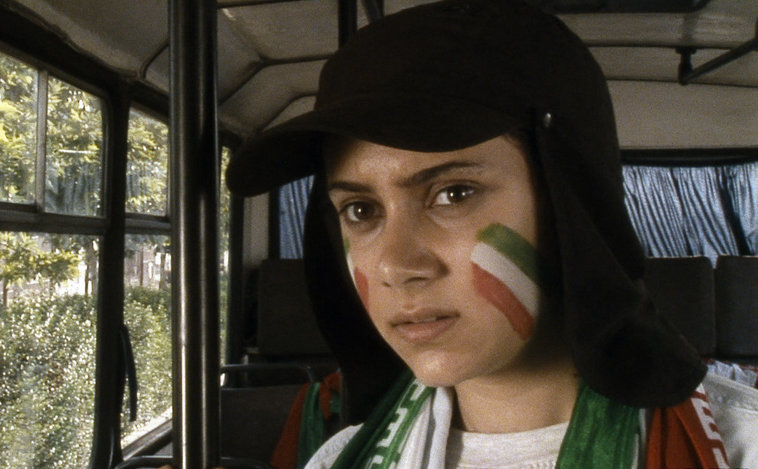
Not being situated in the culture of sexually objectifying women which dominates Hollywood, the films giving a voice to women in Iran provide a unique experience for the Western viewer. The poignantly ambivalent style of Iranian cinema also provides a profound cutting edge which won’t disappoint.
Of course, everyone knows that Hollywood has a penchant for creating hyper-sexualised representations of women. But it may be surprising to learn that Iran had a relatable tendency during the 1950s and 60s.
While Hollywood has converted the passively voyeuristic appeal of early Bond girls and the like into more heroic action figures, however, Iranian cinema has taken a very different path – and made some highly unique films as a result.
Briefly put, the sexualised female characters created in Iran were basically scantily dressed cabaret dancers waiting to be saved by heroic young men. Not too dissimilar to Bond girls, all in all.
These figures then gave way to equally unrealistic representations in which women were blamed for their immoral permissiveness and, step by step across the next two decades, cabaret dancers turned into passive symbols of virtue. So by the late 80s, plotlines in Iranian cinema were centred entirely on male characters, while women were more or less confined to nodding obediently.
Yet this reductive representation of women in film had one profound and ultimately beneficial effect: Iranian women who were interested in film turned their attention more predominantly to work behind the camera. That meant that as a backlash began to build, an array of highly talented female directors emerged to set a new tone and provide a realistic voice for Iranian women.
In fact, Iran’s percentage of acclaimed female directors is higher than most Western countries, and the quality of films that have been made about women there over the last 20 years are arguably the best in world cinema.
1. The Day I Became a Woman (Marzieh Makhmalbaf, 2000)
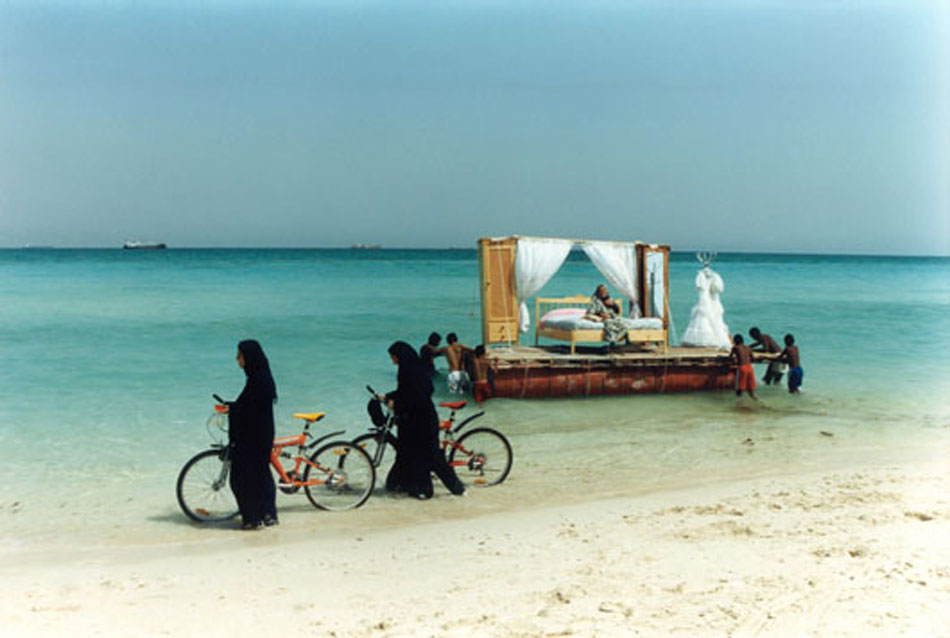
Marzieh Meshkini’s satirical drama has been compared to Federico Fellini for its playful jaunts into surreal and exuberant visual imagery. And the panache by which it tells the story of three Iranian women struggling with their identity is certainly worthy of the complement.
The film begins with Hava on her 9th birthday, which in Islamic culture marks the end of childhood. Troubled to learn that she must now begin wearing a chador, and will no longer be able to play with her best friend because he’s a boy, she sets about to make this last day count. It’s a wistful and extremely memorable vignette, made all the more powerful for the clever way a moving shadow marks Hava’s time dissolving.
The second story has a different feel, as we find middle-aged woman Ahoo competing in an all-female bicycle race – while her husband pursues her on horseback! It’s basically whimsical allegory of outrunning patriarchy, and the Felliniesque contrast of chadors catching the wind and close-ups of the running legs of horses make this vignette a real visual treat.
The film then ends with the story of Hoora, an elderly widow who has just inherited some money. More Felliniesque moments ensue as she decides to buy up all the things she couldn’t have when she was married, going about her business with wonderful eccentricity. But the real power of this vignette lies in its concluding moment.
As Hoora heads out into sea towards a waiting ship, she is watched by Hava, who is now wearing a chador, and two of the women from the bicycle race. The effect is a profound and meditative ending to a film with real cinematic prowess.
2. Nargess (Rakhshan Bani-Etemad, 1992)
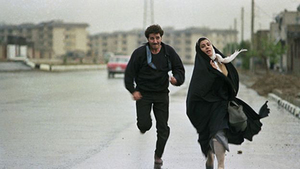
The earliest film in this list to be made, Narges was released shortly after the period in which women’s parts in Iranian films were confined almost exclusively to passive figures. Made by one of Iran’s most renown female directors, Rakhshan Bani-Etemad, it stretched the censorship code to the limit and helped to usher in an era in which women began to play a pivotal roles.
The film tells the story of a love triangle which takes place on the fringes of Islamic society. Adel, an immature thief, has a long-standing relationship to Afagh, his former lover and accomplice in crime. When Adel meets the beautiful Nargess, however, he falls in love and starts to desire the more ‘respectable’ life which, as a criminal outsider, is denied to him.
As Adel hides his life as a thief from Nargess, the plot thickens when he enlists the jealous and ultimately heart-broken Afagh to aid his deception. She pretends to be his mother in order to prove Adel’s eligibility for marriage – but only on the condition that they secretly resume their love affair and criminal life.
The result is not only a complex and compelling emotional journey, but an historic moment in Iranian cinema which arguably helped make all the other films on this list possible. Bani-Etemad’s realistic and sympathetic portrayal of two very different women, each demonstrating resilience in the face of hardship, was radical at the time and has a universal power to move audiences.
3. Women’s Prison (Manijeh Hekmat, Ebrahim Sheibani, 2002)
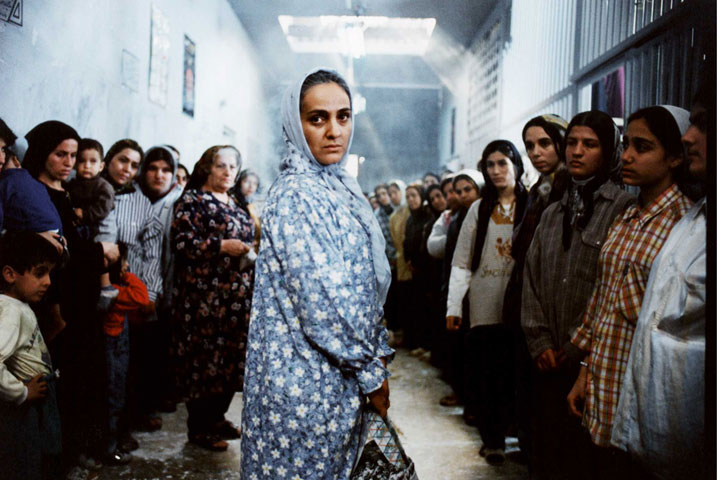
Manijeh Hekmat’s controversial film tells the harrowing story of Mitra and Mrs Yousefi, two contrasting women on opposite sides of the prison system. Set during a two decade period, starting in 1979, prisoner Mitra and warden Mrs Yousefi start out feuding. However, as the years go by, they warm to each other in the wake of traumatic events, developing a shared sympathy for each other’s situations.
As a film about women, what is perhaps most unique about Women’s prison is the absence of men from the character’s interactions. With no love interests, patriarchal authority figures, or even particularly significant appearances of men, the plotline unfolds as a story about two women constrained by an implicit masculine presence.
It’s a ghostly presence which, amidst the harsh conditions of the prison, sets them against each other and haunts them in very different but connected ways. While Mitra’s whole life is painfully shaped by it – she is in prison for killing her stepfather, who was abusive to her mother – its power is directed on her only through Mrs Yousefi.
While Mrs Yousefi is a woman sternly upholding the laws of a male dominated society, she becomes ambivalent to her complicity as she begins to identify with Mitra’s struggle, thus feeling imprisoned in a more intangible way.
The dynamic forms a powerful and thought-provoking cinematic experience, and ends in a wonderfully ambiguously moment when Mitra is finally released from prison. With both Mitra and Mrs Yousefi now living a life without bars, the film begs the question: are either of them really free?
4. The Circle (Jafar Panahi, 2000)
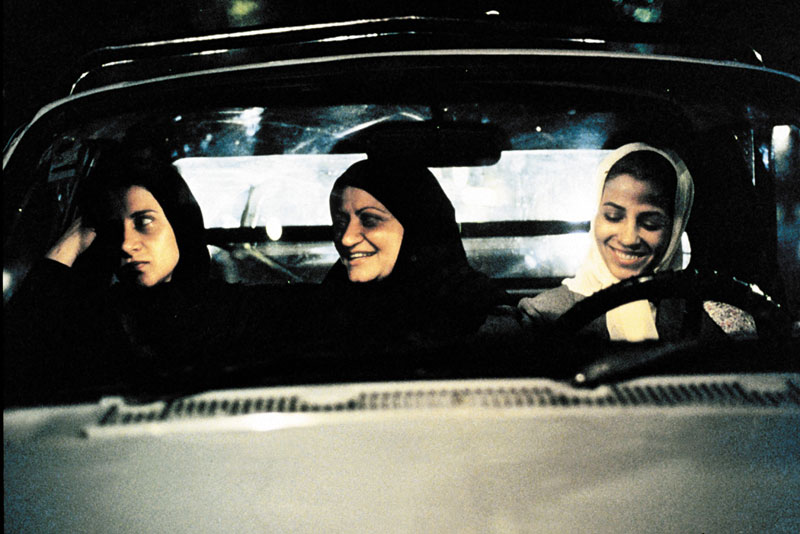
The first of two films on this list directed by Jafar Panahi, The Circle is a haunting portrayal of outcast women. Powerful as much for its elliptical plotline and the circular motion of its narrative as its content, the film follows the lives of several different women on the same day, each of whom are connected by their social vulnerability.
Opening with the sound of Solamez giving birth off-screen, the film begins with a short, frenetic scene as Solamez’s mother reacts to the revelation that the baby is a girl rather than the boy that was expected. She fears that Solamez will now be rejected by the father’s parents, and her frantic response kicks off the running theme of unjust female incrimination with raw dramatic force.
The film then develops towards a circular storytelling arc as different women’s lives intersect briefly, marking the end of one story and the beginning of another woman’s journey.
The next vignette follows Nargess as she wanders from place to place, looking for help in escaping a life which we learn very little about. Yet as day turns to night, other narratives provide a general context, as themes of rejected women shed light on the film’s meaning.
Finally, the plot hands off to Nirè, who is being escorted to prison for an undisclosed offence. As she waits in resigned silence, the scene draws on with heart-breaking patience. And it builds towards a moment of incomparable poignancy as the circle is completed, and the film returns to conclude the narratives of Nargess and Solamez.
5. Leila (Dariush Mehrjui, 1997)
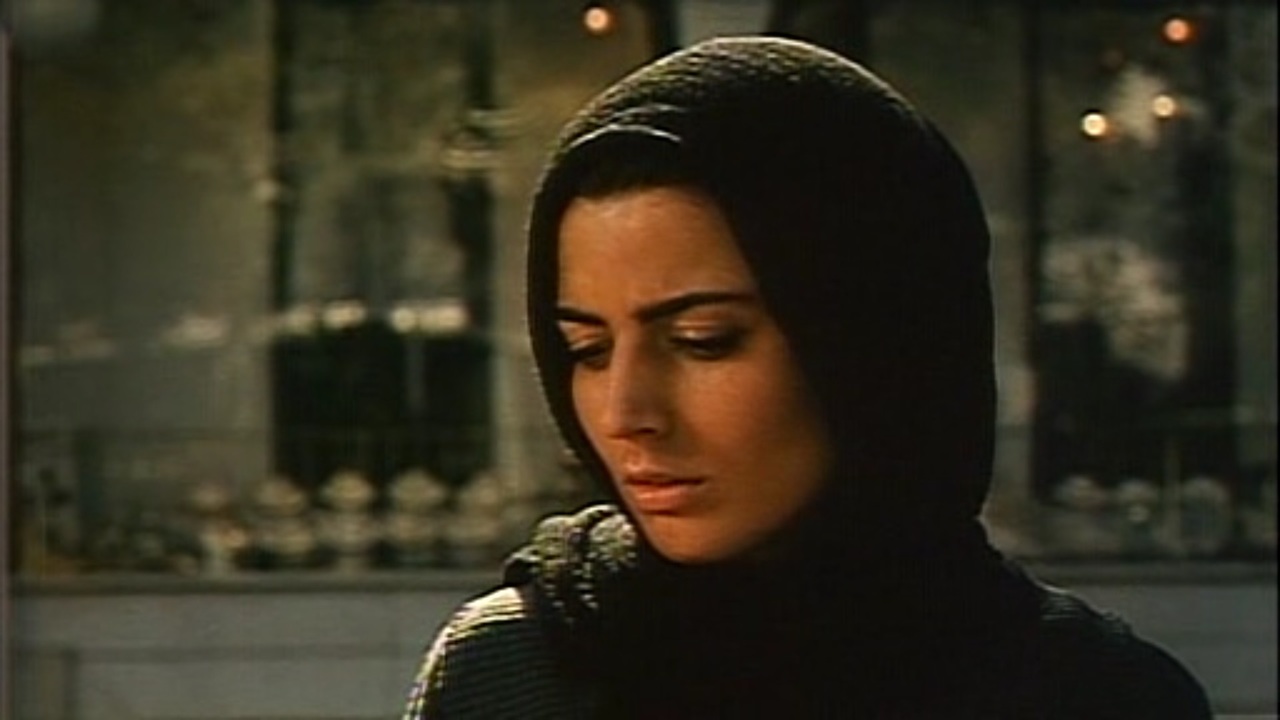
Leila is a film about the pressures put upon young couples to have children. It tells the story of a young and tender-hearted woman who cannot bear children, following her complex emotional journey as she becomes caught within the grip of social expectation.
After a happy start to her marriage to Reza, Leila soon learns that she’s infertile. While Reza is unfazed by the news, and promises Leila he doesn’t want children and loves her deeply, Leila herself is devastated.
Director Dariush Mehrjui devises some wonderful scenes to express her emotional responses to the news, using fading and sharpening sound alongside clever camera work to convey her state of mind, but the real drama begins with the reaction of Reza’s mother. Taking advantage Leila’s good nature, her love for Reza and her emotionally vulnerable state, she manipulates Leila into making Reza take a second wife to bear his children.
What follows is a psychological study of immense subtlety and depth, aided superbly by Leila Hatami, who won the Diploma of Honour at the Fajr International Film Festival for her performance of the lead role, and Jamileh Sheikhi who won Best Supporting Actress for her portrayal of Reza’s conniving mother. Unmissable.